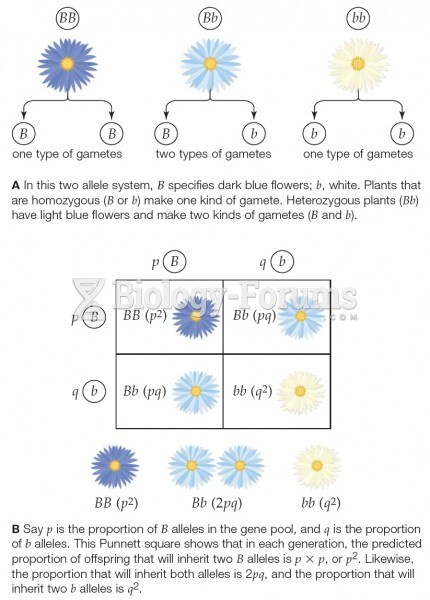This topic contains a solution. Click here to go to the answer
|
|
|
Did you know?
Russia has the highest death rate from cardiovascular disease followed by the Ukraine, Romania, Hungary, and Poland.
Did you know?
In 2012, nearly 24 milliion Americans, aged 12 and older, had abused an illicit drug, according to the National Institute on Drug Abuse (NIDA).
Did you know?
Autoimmune diseases occur when the immune system destroys its own healthy tissues. When this occurs, white blood cells cannot distinguish between pathogens and normal cells.
Did you know?
The familiar sounds of your heart are made by the heart's valves as they open and close.
Did you know?
Blood is approximately twice as thick as water because of the cells and other components found in it.
 The medical assistant often has to reassure and comfort the patient before effective communication c
The medical assistant often has to reassure and comfort the patient before effective communication c
 In 2007 acclaimed filmmaker Ken Burns released a documentary on World War II that triggered an angry ...
In 2007 acclaimed filmmaker Ken Burns released a documentary on World War II that triggered an angry ...





